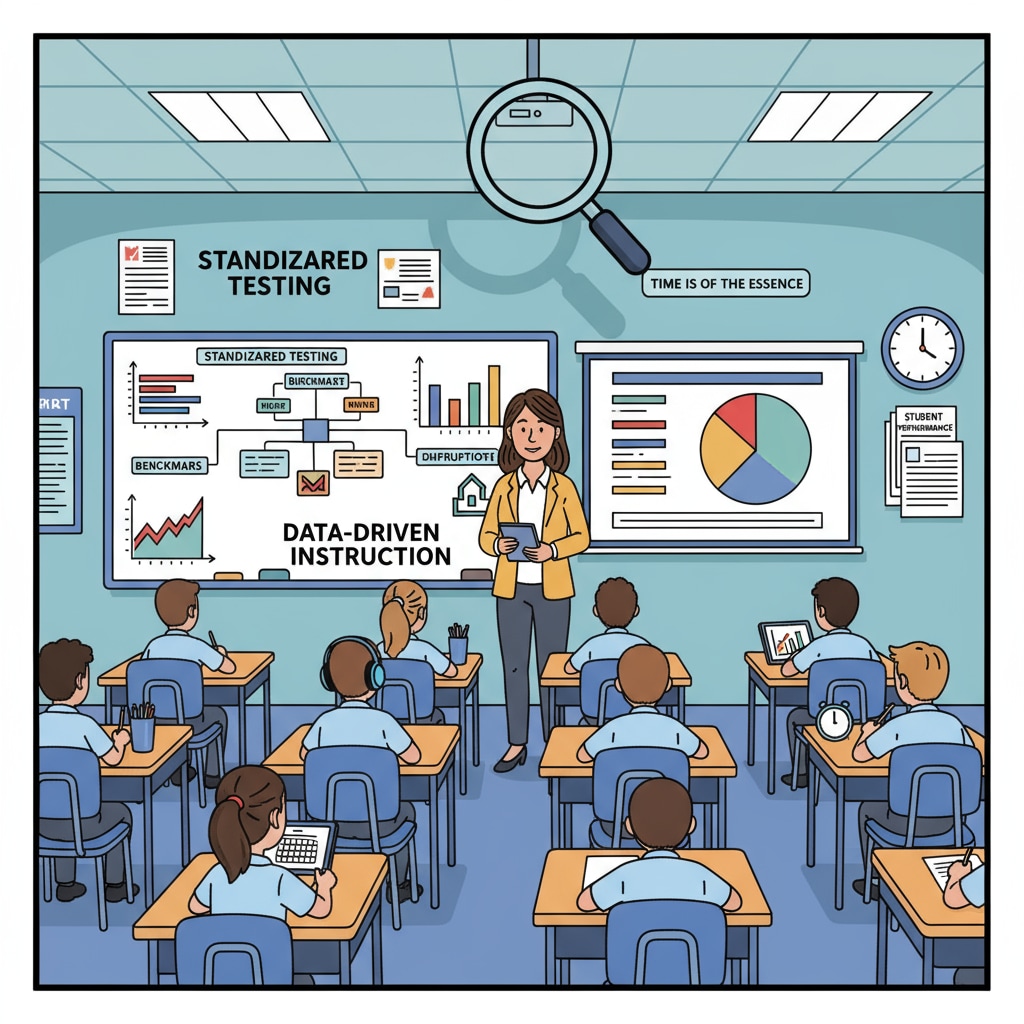Educational policies, accountability systems, and school leadership play integral roles in the landscape of American education. The evolution of education accountability in the United States has significantly influenced how schools are managed and led. This article will delve into this evolution and the associated challenges faced by school administrators.

The Genesis of Education Accountability in the US
The modern era of education accountability in the US can be traced back to the release of the report ‘A Nation at Risk’ in 1983. This report sounded the alarm about the state of American education, highlighting a decline in educational standards compared to other countries. As a result, it sparked a national conversation about the need for greater accountability in schools. For example, it led to increased emphasis on student performance metrics and teacher quality. (A Nation at Risk on Wikipedia)
The Era of ‘No Child Left Behind’
The ‘No Child Left Behind’ (NCLB) Act of 2001 took education accountability to new heights. It mandated annual testing for students in reading and mathematics, tying school funding to student performance. This policy had far-reaching implications for school administrators. They were now under intense pressure to ensure that all students, regardless of their background, met the set academic standards. As a consequence, schools had to focus more on test preparation, which sometimes came at the expense of other aspects of education. (No Child Left Behind Act on Britannica)

The impact of these accountability policies on the school ecosystem cannot be underestimated. They changed the way teachers taught, as they had to align their curriculum with the testing requirements. Moreover, the pressure on students increased, potentially affecting their mental health and overall learning experience. School administrators were caught in the middle, trying to balance the demands of accountability with the well-being of their students and staff.
Contemporary principals are now faced with the challenge of leading in an environment of strict accountability while also building trust. They need to find ways to meet the performance targets set by educational policies without sacrificing the quality of education. This requires innovative leadership strategies, such as fostering a positive school culture, collaborating with teachers and parents, and leveraging data to drive informed decision-making.
Readability guidance: This article has presented the evolution of US education accountability and its impact on school leadership in short paragraphs. Key points are summarized clearly. The use of passive语态 is minimized, and transition words like ‘for example’, ‘as a result’, and’moreover’ are used to enhance readability. Each H2 section provides a focused discussion on a relevant aspect of the topic.


